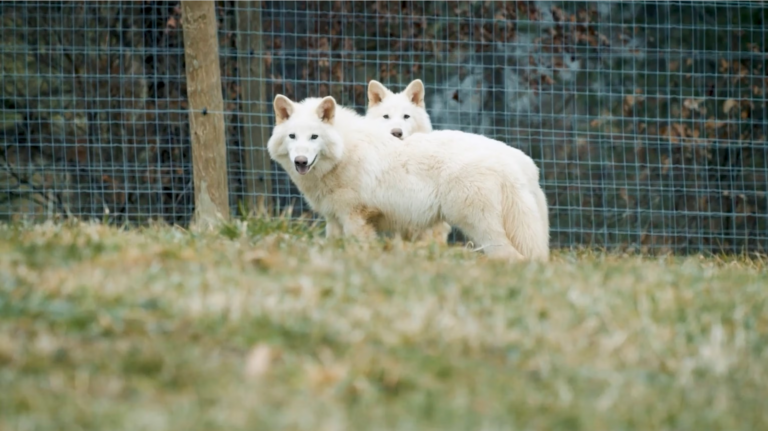In a groundbreaking achievement, Colossal Biosciences, a U.S.-based genetic engineering company, has successfully brought back the dire wolf, an ancient predator that vanished from Earth over 10,000 years ago. This marks the first known instance of “de-extinction,” where scientists have recreated traits of a long-gone species.
The Process: Merging Ancient DNA with Modern Technology
Researchers at Colossal Biosciences extracted DNA from ancient dire wolf fossils—a 13,000-year-old tooth from Ohio and a 72,000-year-old skull from Idaho. Using advanced gene-editing techniques, they introduced 20 specific genetic modifications into the genome of the modern gray wolf, aiming to replicate the physical characteristics of the extinct dire wolf.
The modified cells were then implanted into surrogate dog mothers. This process led to the birth of three wolf pups—Romulus, Remus, and Khaleesi. These pups exhibit traits reminiscent of their ancient ancestors, including a larger and more muscular build compared to typical gray wolves.
Understanding the Dire Wolf
The dire wolf (Aenocyon dirus) was a formidable predator that roamed North and South America during the Pleistocene epoch. Larger and more robust than today’s gray wolves, dire wolves went extinct approximately 10,000 years ago, likely due to a combination of climate change and the decline of their prey species.
Ethical Considerations and Scientific Debate
While Colossal Biosciences heralds this as a monumental step in de-extinction, some scientists express caution. They argue that the term “de-extinction” might be misleading, as the recreated wolves are genetically modified gray wolves rather than true dire wolves. Additionally, ethical questions arise about the implications of bringing back extinct species and the potential impacts on current ecosystems.
Future Implications
This development opens the door to the possibility of reviving other extinct species, such as the woolly mammoth and the Tasmanian tiger. However, it also necessitates careful consideration of the ecological and ethical ramifications of reintroducing species that have been absent for millennia.
As science continues to push the boundaries of what’s possible, the revival of the dire wolf serves as both a testament to human ingenuity and a prompt for deeper reflection on our role in shaping the natural world.




